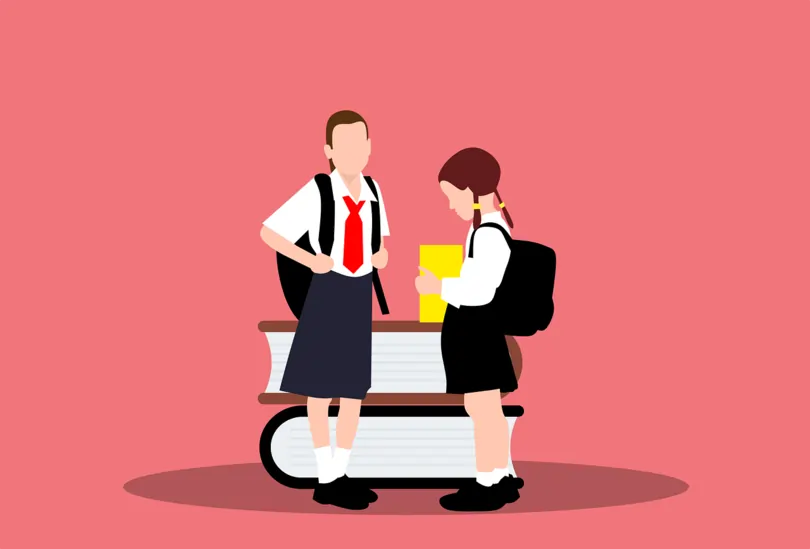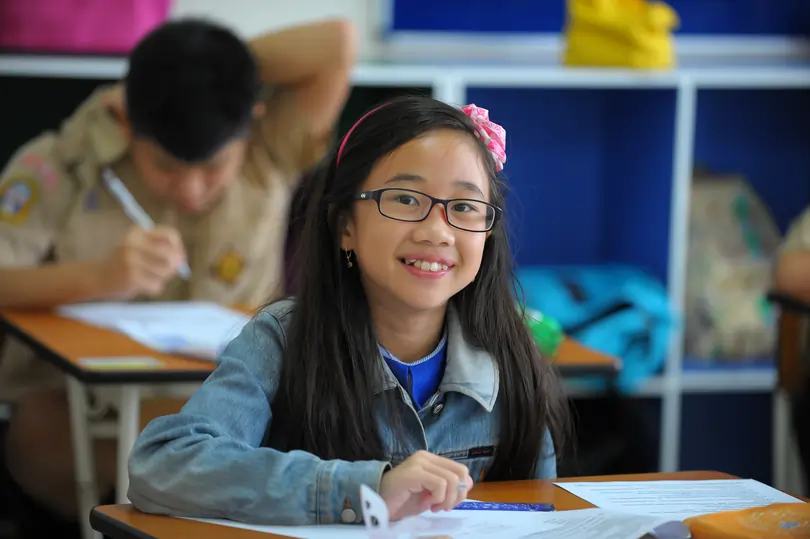Introduction to the Guess and Check Method

In this article, we'll explore an effective problem-solving technique for Primary 3 Maths called the Guess and Check method. This method can be applied to a wide range of maths questions, making it a valuable skill to acquire. Let's dive into it step by step.
Understanding the Primary 3 Level
Primary 3 is a crucial stage in a child's education journey. It's a time when students are introduced to more complex mathematical concepts. The Guess and Check method provides an interactive and engaging way for these young minds to tackle math problems.
What's the Guess and Check Method: Explained with an example
Understanding the problem
Before we begin, let's break down the problem into smaller, more manageable parts. We're given that a pen costs \($7\), and a pencil costs \($4\).
Furthermore, Cindy has purchased a total of 27 pens and pencils and spent a total of $141.
The task at hand is to determine how many pens did Cindy buy.
Building a Guess and Check table
To tackle this problem, we'll create a Guess and Check table. This table will help us organise our thoughts and track our progress.
Step 1: Create a table with the information that we have
| Number of pens | |
| Number of pencils | |
| Total number of pens and pencils | 27 |
| Total cost of pens (\($7 \) each) | |
| Total cost of pencils (\($4\) each) | |
| Total Cindy paid | $141 |
Step 2: Make educated guesses and fill in the table
The guessing process
Let's start with the guessing process.
Since we want to find the number of pens, we'll begin by guessing that number.
We know the total number of pens and pencils is 27, so if we assume there are 14 pens, we can calculate the number of pencils, which would be 27 - 14 = 13.
Now, that we have guessed the number of pens and pencils, we can also calculate the costs.
Let's put everything we have in our table:
| Number of pens | 14 |
| Number of pencils | 13 |
| Total number of pens and pencils | 27 |
| Total cost of pens ($7x14) | $ 98 |
| Total cost of pencils ($4x13) | $ 52 |
| Total Cindy paid | $141 |
Step 3: Check our guess
| Number of pens | 12 |
| Number of pencils | 15 |
| Total number of pens and pencils | 27 |
| Total cost of pens ($7x12) | $ 84 |
| Total cost of pencils ($4x15) | $ 60 |
| Total Cindy paid | $141 |
Step 5: Check again
Now, our total cost is \($144\), which is closer to the desired total of \($141\). We're getting closer!
Step 6: Fine-tune our guess
To get the exact answer, we can make a small adjustment to our guess and assume that Cindy bought 16 pencils.
| Number of pens | 11 |
| Number of pencils | 16 |
| Total number of pens and pencils | 27 |
| Total cost of pens ($7x11) | $ 77 |
| Total cost of pencils ($4x16) | $ 64 |
| Total Cindy paid | $141 |
Step 7: Check
Since 77+64 is 141, we've arrived at our solution which is: Cindy bought 11 pens.
Congratulations! You've now learned how to use the Guess and Check method to solve maths problems effectively. To solve any other problem, all you have to do is adjust your guess to get the right answer.
Benefits of the Guess and Check Method
One of the primary advantages of this method is its ability to make maths enjoyable and less intimidating for all students. It promotes independent thinking, boosts confidence, and nurtures a love for maths from an early age.
How to help your child master the Guess and Check Method
In order to help your child master this technique, you should start with simple problems and gradually increase the complexity. Encouraging them to make educated guesses and check their answers not only enhances their maths skills but also fosters a sense of accomplishment.
Advantage over traditional problem-solving
Compared to traditional rote memorisation, the Guess and Check method stimulates critical thinking. It encourages students to explore, question, and arrive at solutions independently, promoting a deeper understanding of mathematical concepts.
In conclusion, the Guess and Check method is a powerful tool to make maths enjoyable. It not only fosters numeric skills but also promotes critical thinking, problem-solving, and a lifelong love for learning. By embracing this method, we can nurture the mathematicians of tomorrow.
 SG
SG  VN
VN 











